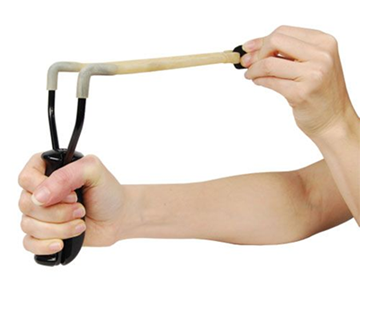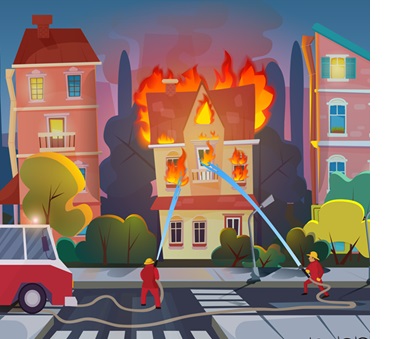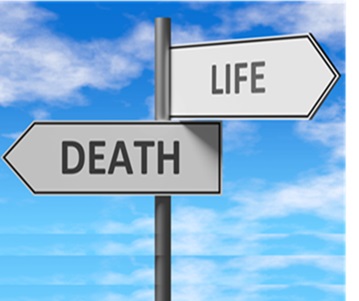Top 10 Causes of Death and Injury
 Death and injury are unfortunate realities that we all face at some point in life. While old age remains the leading cause of mortality, there are numerous other ways people can meet their end. Likewise, injuries can occur in a myriad of situations, from everyday activities to more hazardous scenarios. In this blog post, we will explore the top 10 ways people die, excluding old age, and the top 10 ways people get injured, shedding light on the importance of safety measures and precautions.
Death and injury are unfortunate realities that we all face at some point in life. While old age remains the leading cause of mortality, there are numerous other ways people can meet their end. Likewise, injuries can occur in a myriad of situations, from everyday activities to more hazardous scenarios. In this blog post, we will explore the top 10 ways people die, excluding old age, and the top 10 ways people get injured, shedding light on the importance of safety measures and precautions.
Top 10 Ways People Die (Excluding Old Age)
-
Cardiovascular Diseases: Heart disease and strokes are the leading causes of death globally. Unhealthy lifestyles, poor dietary habits, lack of exercise, and smoking contribute to the prevalence of these conditions.
-
Cancer: Various forms of cancer, such as lung, breast, and colorectal cancer, remain significant threats to human life. Early detection and advancements in medical treatments play a crucial role in survival rates.
-
Respiratory Diseases: Chronic respiratory illnesses, including chronic obstructive pulmonary disease (COPD) and pneumonia, claim a significant number of lives, often exacerbated by smoking and air pollution.
-
Accidents: Unintentional injuries, such as car crashes, falls, and poisoning, are a leading cause of death across all age groups.
-
Alzheimer's Disease: This neurodegenerative disorder affects memory and cognitive abilities, leading to a gradual decline in functioning.
-
Diabetes: Poorly managed diabetes can lead to severe complications, including heart disease, kidney failure, and strokes.
-
Kidney Diseases: Chronic kidney diseases can progress silently, leading to kidney failure and subsequent mortality.
-
Infections: Infectious diseases like pneumonia, sepsis, and HIV/AIDS remain significant health challenges in certain regions.
-
Liver Diseases: Liver cirrhosis, often associated with excessive alcohol consumption and viral infections, is a major cause of mortality.
-
Suicide: Mental health disorders, stress, and societal pressures contribute to suicide rates, highlighting the importance of mental health awareness and support.
Top 10 Ways People Get Injured
-
Falls: Falls are the leading cause of non-fatal injuries, especially among the elderly. Slippery surfaces, uneven terrain, and poor lighting are common contributors.
-
Road Accidents: Traffic accidents, involving cars, motorcycles, bicycles, and pedestrians, are a major cause of injuries worldwide.
-
Workplace Injuries: Occupational hazards, inadequate safety protocols, and machinery accidents result in work-related injuries.
-
Sports and Recreational Activities: Participating in sports and recreational pursuits can lead to fractures, sprains, and concussions if safety precautions are not observed.
-
Assaults: Intentional acts of violence, including physical assaults, are responsible for a significant number of injuries.
-
Poisoning: Accidental ingestion of toxic substances, including household chemicals and medications, poses a risk, particularly to children.
-
Burns: Scalds and contact with hot objects can cause severe burns, requiring immediate medical attention.
-
Drowning: Water-related incidents, including swimming accidents and boating mishaps, result in drowning fatalities, particularly among children.
-
Cycling Accidents: Bicycle accidents, often involving collisions with vehicles, contribute to a substantial number of injuries.
-
Animal Bites and Stings: Encounters with animals, including dog bites and insect stings, can lead to injuries and potential infections.
Conclusion
Understanding the top ways people die and get injured is crucial for raising awareness about preventable causes and implementing safety measures. Adopting a healthy lifestyle, prioritizing mental health, following road safety rules, and creating safer work environments are essential steps toward reducing mortality and injury rates. Taking proactive measures and educating ourselves and others on potential risks can lead to a safer and healthier world for everyone.



























